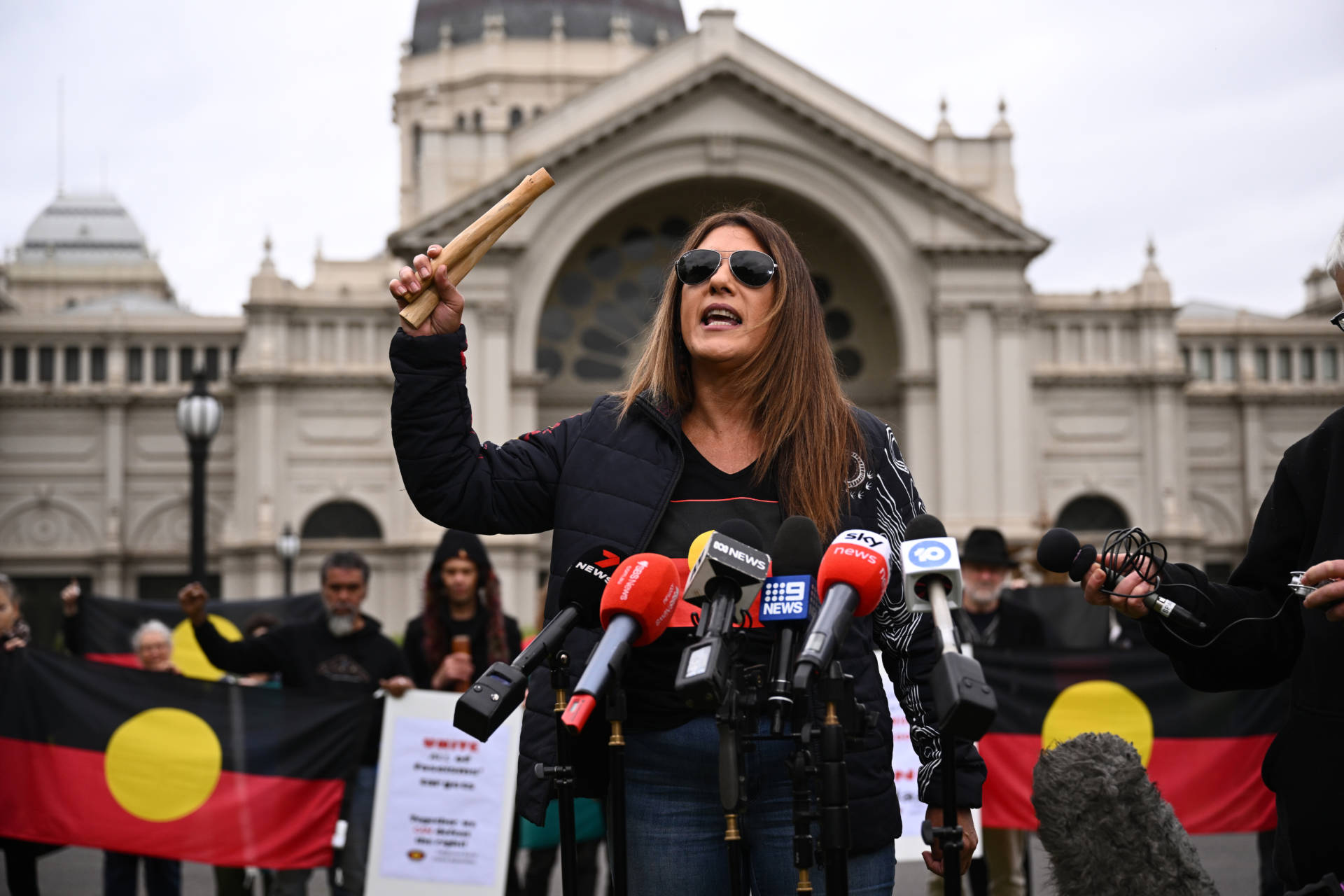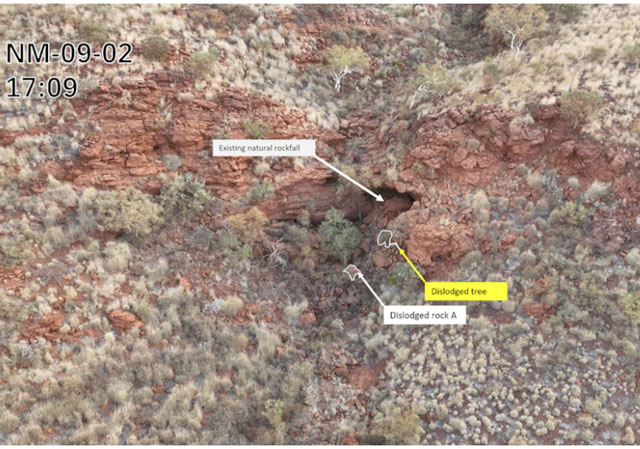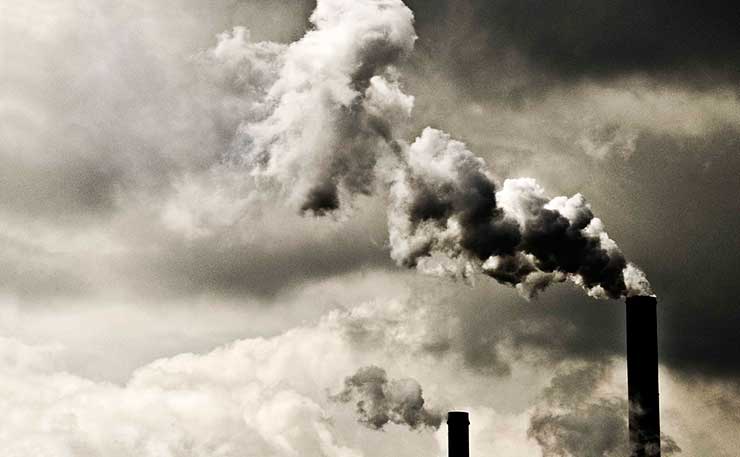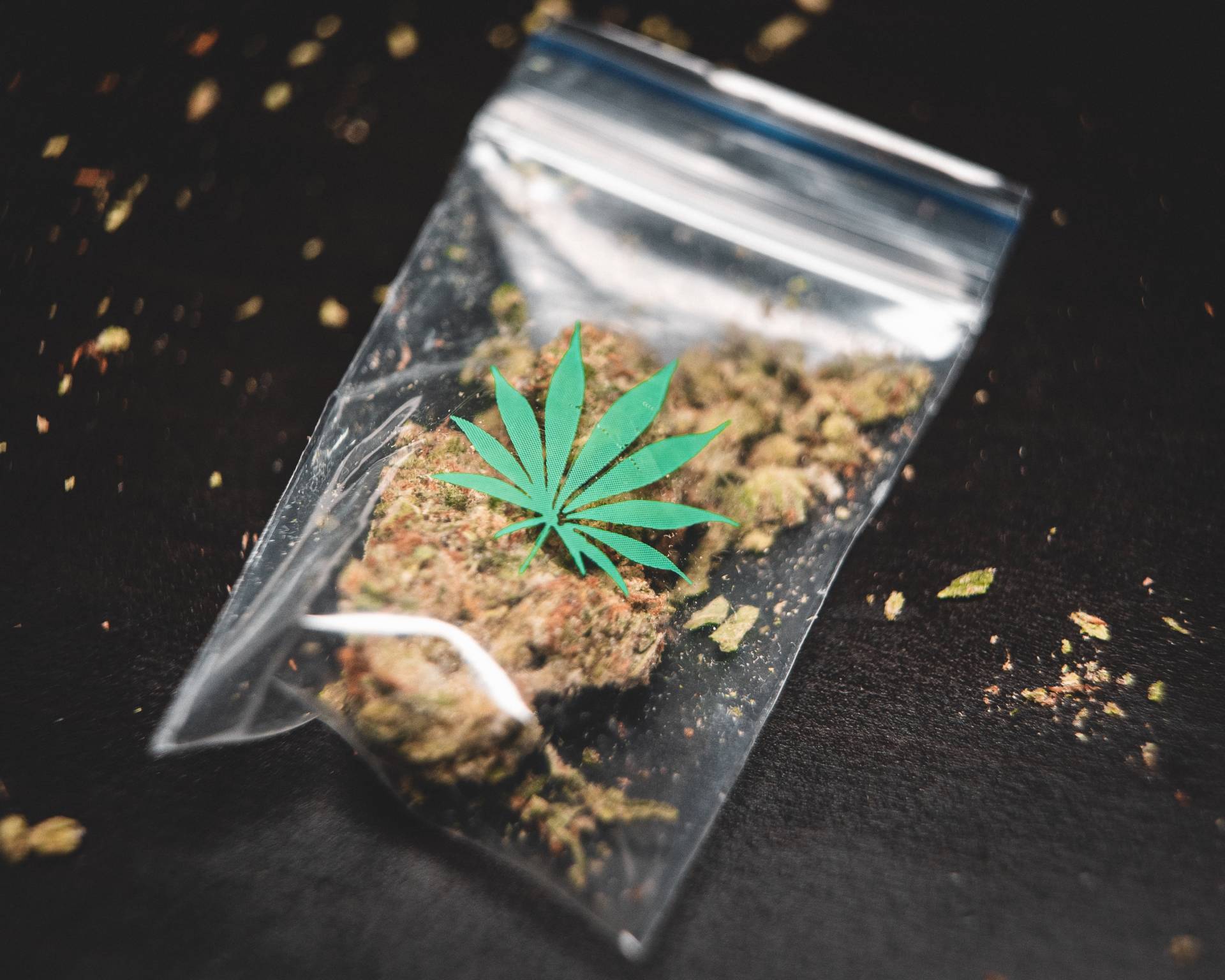Marlene Gilson poses for a photo with her artwork The Landing at the Wurrdha Marra exhibition space in Melbourne. (AAP Image/Joel Carrett)
A new gallery dedicated to Indigenous art and design is opening at the National Gallery of Victoria.
The Wurrdha Marra exhibition space takes up the foyer and ground floor of the NGV site at Melbourne’s Federation Square, showcasing work from across the country.
“It’s a huge moment for us … it feels like real progress,” senior curator Myles Russell-Cook told AAP.
Indigenous art has been housed on different levels of the gallery in the past, but it has never before had a permanent space, guided by the advice of a First Nations art and design strategic council.
The name Wurrdha Marra means ‘Many Mobs’ in the Wurundjeri Woi Wurrung language, with the name given to the gallery by the Wurundjeri Council.
For international visitors to the gallery, Indigenous art is the biggest drawcard and one-off exhibitions meant they were occasionally disappointed in between shows, Russell-Cook said.
“The one thing they want to see is first peoples’ art, and we would have these moments where there was nothing on display, because we were doing a changeover,” he said.
As a permanent gallery the NGV promises an ever-changing display, drawing on its extensive collection of Indigenous art and design.
A depiction of James Cook’s landing at Botany Bay, Wauthurung artist Marlene Gilson’s The Landing is one of several artworks on show that talk back to colonial narratives.
Unlike many historical paintings of this scene, the Indigenous people in the frame are not merely onlookers, rather they are going about their lives and cultural practices.
“It was done to showcase the Aboriginal people, how happy they were and how they lived their lives, and then along came somebody and stuck a flag in it,” she told AAP.
The first room of Wurrdha Marra is dominated by the monumental work Ngayarta Kujarra, painted by a dozen artists from the Pilbara region in Western Australia, depicting an immense salt lake and a series of sacred waterholes.
The art on show ranges from the pioneering work of the Papunya Tula artists from the 1970s, to a whole wall of bark paintings by artists Russell-Cook describes as the “superstar painters” of the medium.
More contemporary art includes video works and installations in neon lights, but Russell-Cook seems especially excited by the showcase of contemporary Indigenous design.
From artist Paula Savage, there is a series of woven raffia bags stitched together into three large vessels representing the main reefs on Moa, the artist’s home island in the Torres Strait.
There’s also Walarnu, or boomerang chair by Nicole Monks, a black steel armchair lined with kangaroo skin and fur, its shape inspired by the movement of the hunting weapons.
These were also an inspiration for artist Keemon Williams who grew up in Cairns, which he describes as the “fake boomerang capital” of Australia.
His installation is made up of 27 colourful boomerangs, each bearing a word that describes a facet of his queer Indigenous identity, thus re-appropriating these commercialised objects as tools for communication.
The Indigenous wings of art institutions are not often flourishing or accessible spaces, said Williams, but Wurrdha Marra looks like changing that in a practical way, with a symbolic message too.
“This is not a secondary narrative, this is the primary focus, this is where the art is stemming from in this country,” he said.
Wurrdha Marra opens to the public on Thursday.
13YARN 13 92 76
Aboriginal Counselling Services 0410 539 905
Lifeline 13 11 14
Fullstop Australia 1800 385 578
AAP





